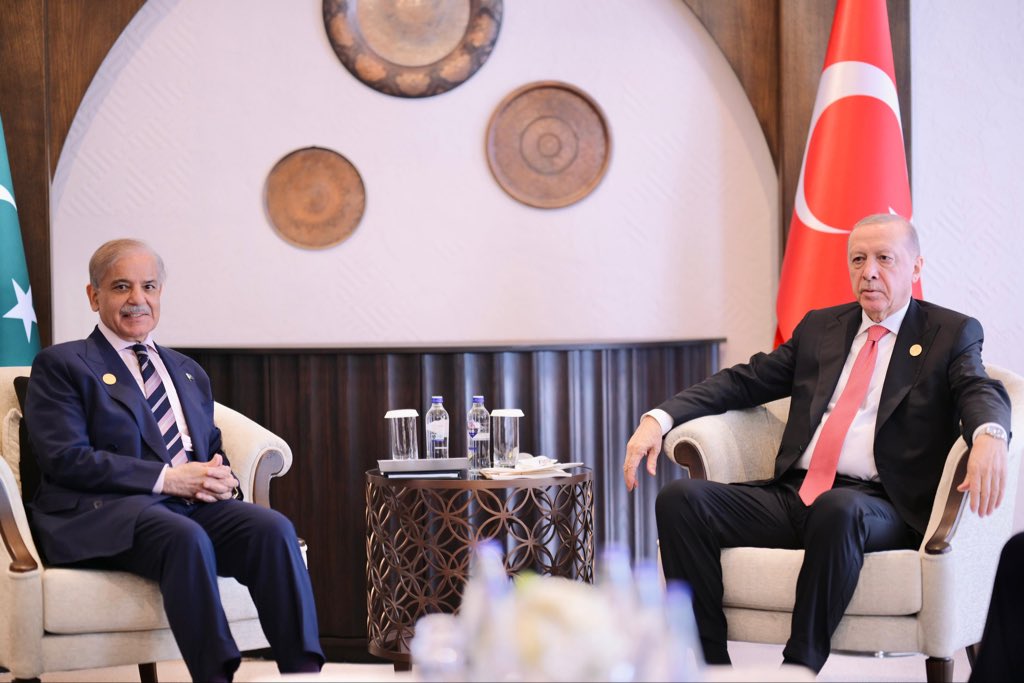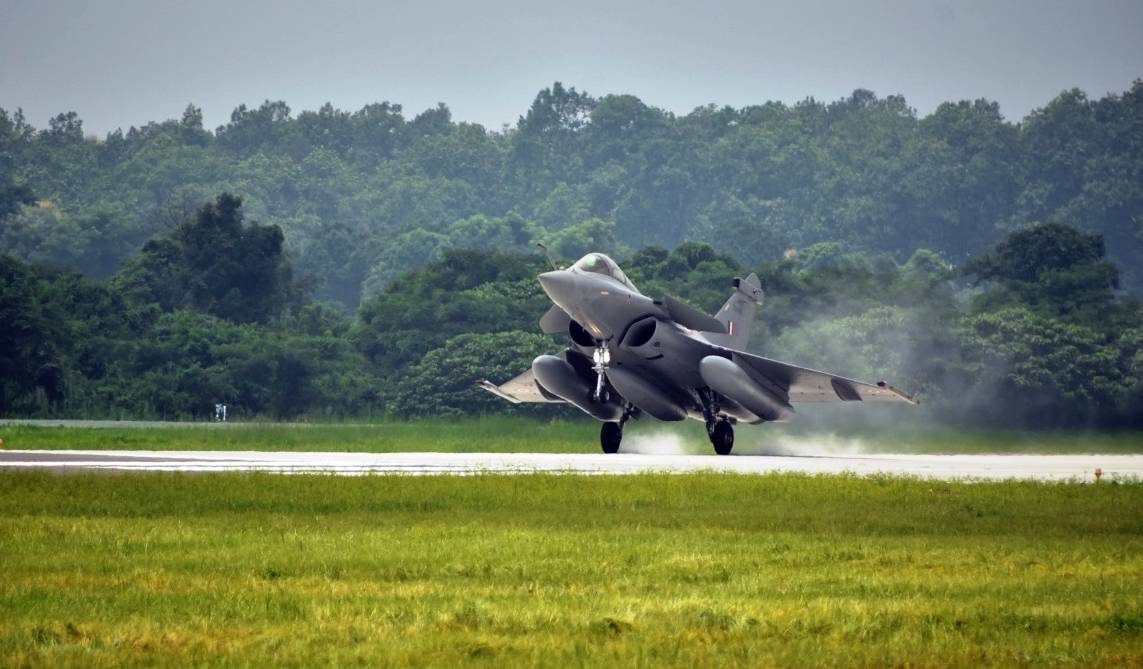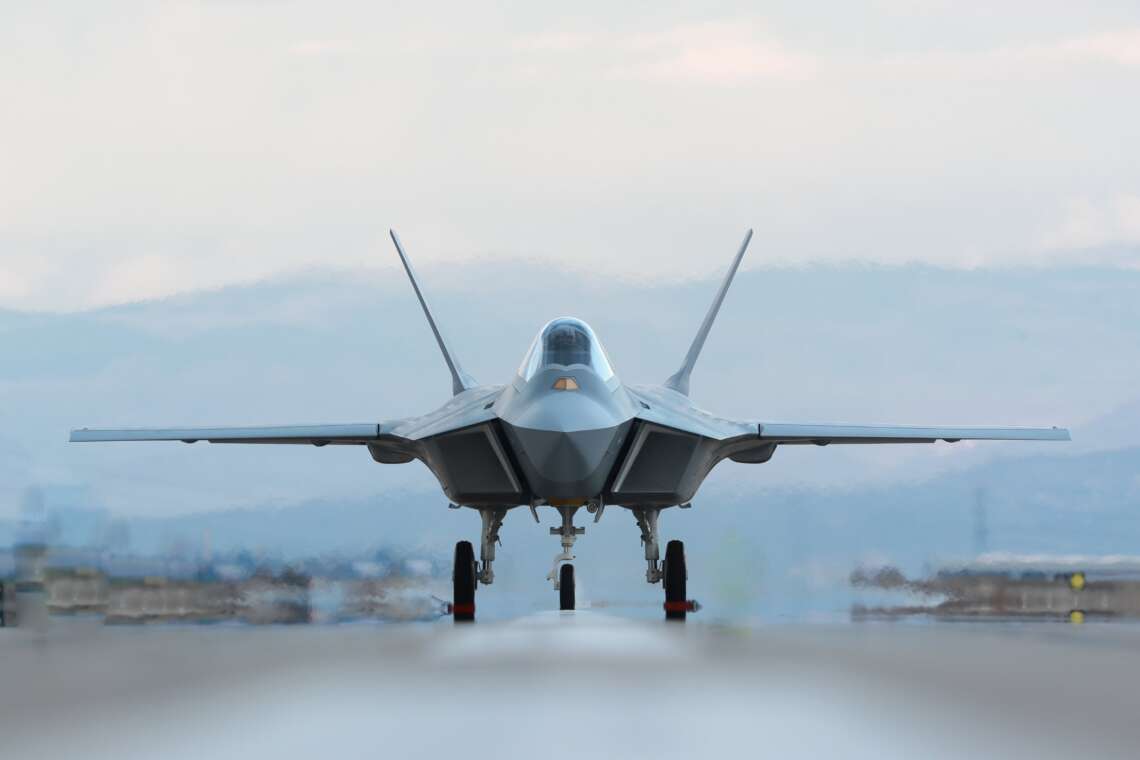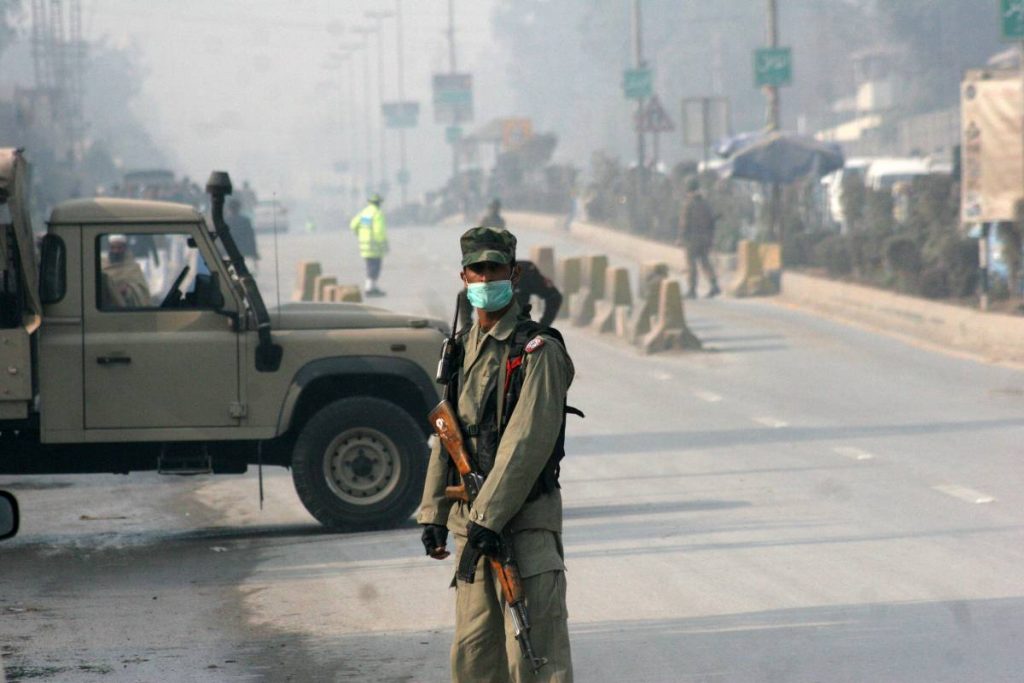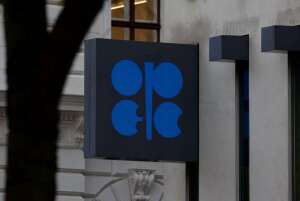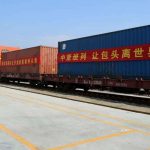Inflation in Pakistan has caused an increase in food prices in the country, worsening conditions of lower-middle-income households…reports Asian Lite News
Pakistan’s economy is at risk as the increase in international commodity prices could worsen inflation and affect Balance of Payments (BoPs), said the country’s finance ministry.
Citing the ministry’s statement, The News International reported that “further, an increase in international commodity prices can build pressure on domestic inflation as well as on the Balance of Payments” and added that, however, the government measures to build strategic reserves, especially related to food along with initiatives to enhance exports, will definitely mitigate the associated risks.
Pakistan’s inflation rate is mainly driven by current and past fiscal and monetary policies, international commodity prices, USD exchange rate, seasonal factors and economic agents’ expectations concerning the future developments of these indicators.
According to Balance of Payments (BoP) data, it is expected that imports of goods and services will settle at around six billion dollars in August 2021. Contrary to imports, exports of goods and services, according to data, usually experience negative seasonality during June through September, according to The News International.
Inflation in Pakistan has caused an increase in food prices in the country, worsening conditions of lower-middle-income households, as per local media.

In a country like Pakistan, where most families spend over half their income on food, the increasing cost of transport, petrol, electricity, and indirect taxes have raised valid concerns about the potential escalation in hunger, poverty, and malnutrition, Dawn reported.
While Food Price Index that includes five commodity group price indices — cereals, vegetable oils, sugar, meat and dairy, pointed to more difficult times ahead for Pakistan as it shows that global food prices were 31 per cent higher in July than a year ago.
But Islamabad’s indifferent view on the troubles of low-middle-income families that are already struggling with a substantial reduction in purchasing power and loss of jobs has added to the misery of people.
According to the World Bank (WB) estimate, poverty in Pakistan has increased from 4.4 per cent to 5.4 per cent in 2020, as over two million people have fallen below the poverty line.
Using the lower-middle-income poverty rate, the World Bank estimated that the poverty ratio in Pakistan stood at 39.3 per cent in 2020-21 and is projected to remain at 39.2 per cent in 2021-22 and might come down to 37.9 per cent by 2022-23, reported The News International
Meanwhile, reports have also suggested that most of the prominent cities in Pakistan do not have safe drinking water for citizens, according to data presented by the Imran Khan-led Pakistan Tehreek-e-Insaf government at National Assembly.
While experts said that a famine-like situation may arise in Pakistan due to the scarcity of water across the country if the issue is not resolved timely, Geo News reported. As per the report, water scarcity in the country has set alarm bells ringing after rivers have dried up due to low rainfall. (ANI)


